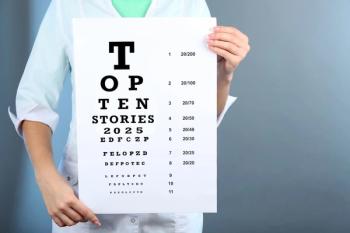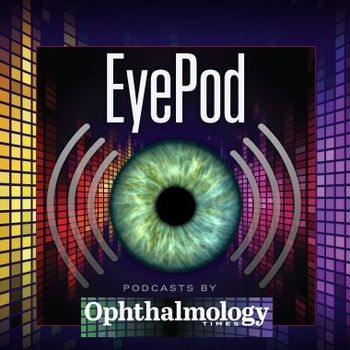
LIGHTHOUSE study of ATSN-201 expanded to continuous phase 1/2/3 trial following FDA feedback
Key Takeaways
- The FDA agreed to expand Atsena's LIGHTHOUSE study into a continuous phase 1/2/3 trial for ATSN-201, targeting XLRS.
- ATSN-201 has received multiple FDA designations, including RMAT, fast track, and orphan drug, expediting its development.
The US Food and Drug Administration (FDA) recently agreed to the expansion of Atsena Therapeutics’ ongoing phase 1/2 LIGHTHOUSE study of ATSN-201 into a continuous phase 1/2/3 trial, the company announced in a press release. The continuous phase 1/2/3 trial will serve as a pivotal trial to support a biologics license application (BLA) submission of ATSN-201 for the treatment of X-linked retinoschisis (XLRS). The BLA submission is anticipated in early 2028, a press release said.1
Atsena Therapeutics is a clinical-stage gene therapy company focused on using genetic medicine to reverse of prevent blindness. Atsena’s gene therapy product candidate has also received regenerative medicine advanced therapy (RMAT), fast track, rare pediatric disease, and orphan drug designations from the FDA.1
The regulatory feedback came after an RMAT meeting with the FDA, where the agency agreed on the proposed study design, endpoints, and patient population by Atsena to support potential registration.
“This regulatory milestone marks another significant step towards delivering potentially first- and best-in-class gene therapy for patients living with XLRS,” said Patrick Rischel, MBA, chief executive officer of Atsena, in a press release.
Primarily affecting males and typically diagnosed in early childhood, XLRS is caused by mutations in the RS1 gene. There are currently no approved treatments for XLRS. The LIGHTHOUSE study (
“The agency’s agreement will expedite the clinical development of ATSN-201 by at least 1.5 years, compared to a separate phase 3 clinical trial. If approved, this would be the first available treatment for XLRS, offering hope to patients and families affected by this inherited retinal disease. We’re grateful for the FDA’s continued guidance as we continue to advance this trial and prepare for filing a BLA in early 2028,” Rischel said.
An additional cohort of approximately 30 adult and pediatric patients will be added to the already existing and ongoing multicenter trial, Atsena said in a press release. This additional cohort will randomize patients 1:1 between treatment and control groups. Those in the control group will have the opportunity to receive treatment after one year. Using measures such as microperimetry, visual acuity, and macular structure, the drug’s safety and efficacy will be assessed in all patients. Enrollment is anticipated to begin for this cohort in the first quarter of 2026, followed by a pivotal data readout expected in the second half of 2027.1
“Data from the ongoing trial show that subretinal delivery of ATSN-201 has been well tolerated to date, including in patients with severe schisis cavities, and has led to encouraging improvements in both retinal structure and visual function,” said Kenji Fujita, MD, chief medical officer of Atsena.
ATSN-201 is an investigational gene therapy leveraging AAV.SPR, one of Atsena’s novel capsids. This capsid is designed to target photoreceptors in the central retina, while avoiding the surgical risks of foveal detachment. ATSN-201 demonstrated both a favorable safety profile and being well-tolerated up to 1-year post-treatment in the phase 1/2 trial.1 No serious adverse events have been reported. Most patients in Part A of the LIGHTHOUSE study demonstrated retinal structure improvements in foveal schisis closure, as well as meaningful improvements in retinal and visual function. If approved, ATSN-201 will be the first gene therapy approved for XLRS.
“This program marks the first clinical use of our laterally spreading subretinal vector, offering important proof of principle for our ocular gene therapy platform. With the study’s expansion, we’re positioned to generate the pivotal data needed to potentially bring the first treatment for XLRS across the finish line,” Fujita said.
Newsletter
Don’t miss out—get Ophthalmology Times updates on the latest clinical advancements and expert interviews, straight to your inbox.













































